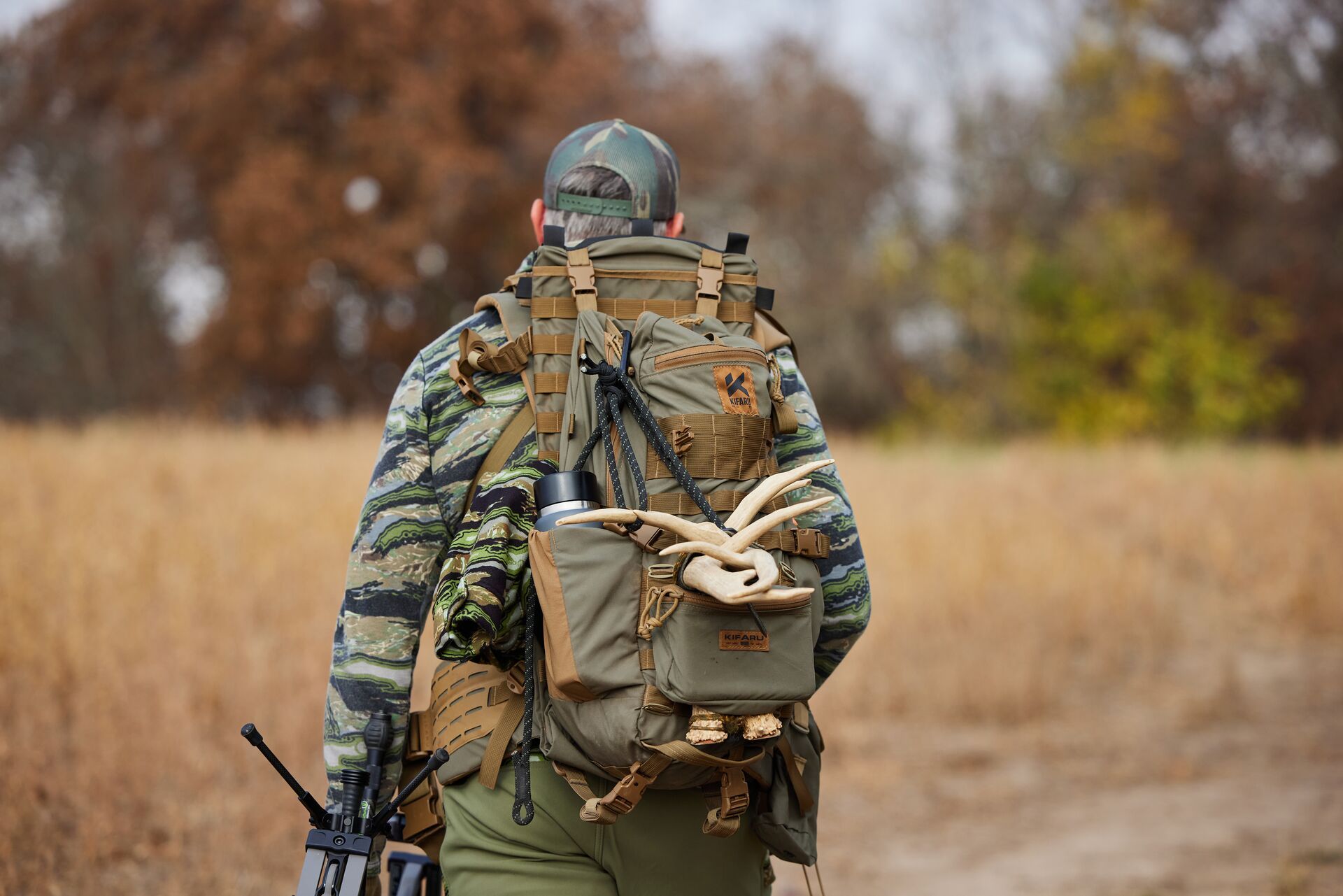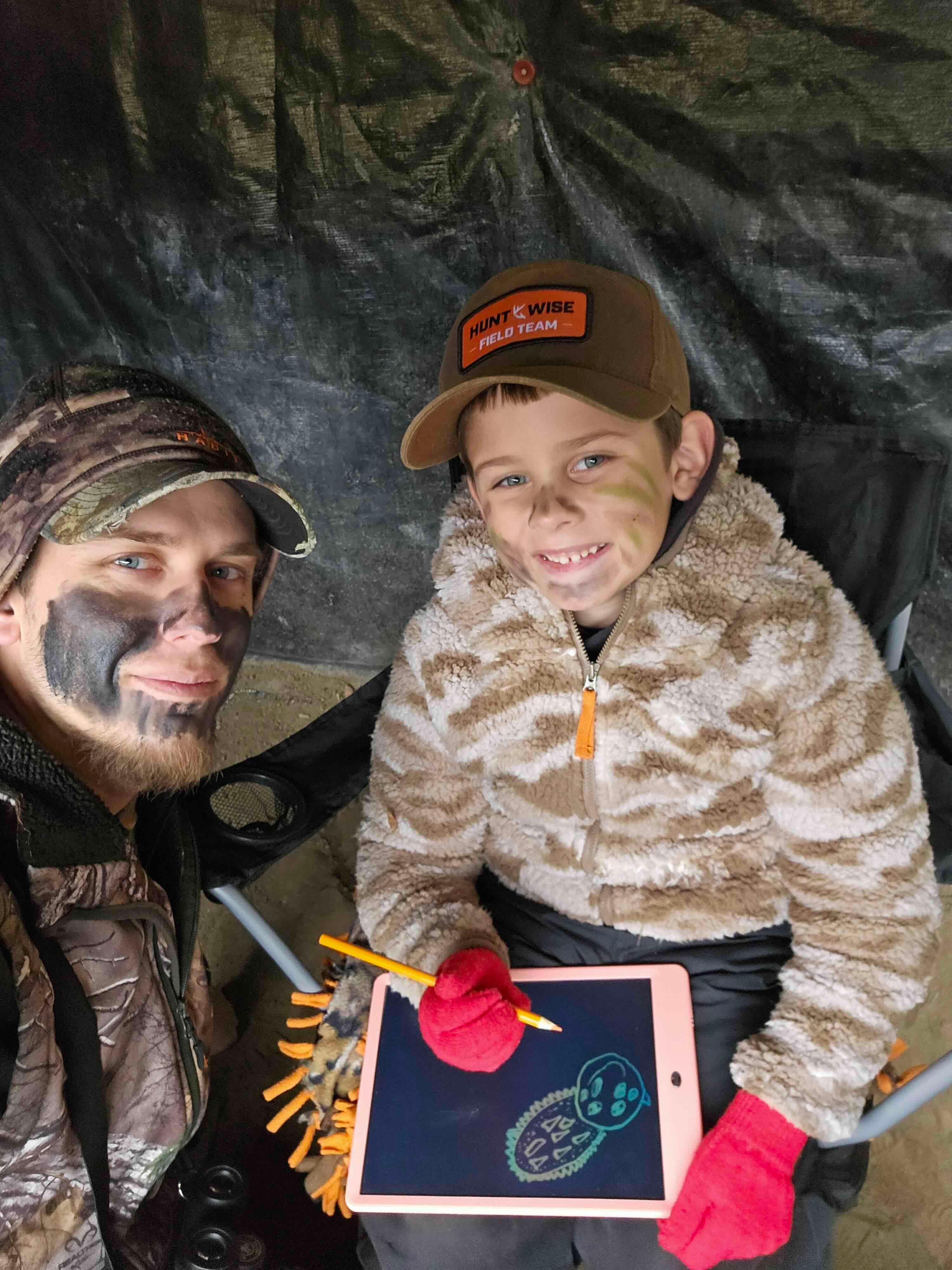As January comes to a close, we hope you got out for some late-season deer hunting. In February, we recommend you get out for some shed hunting!
Let's talk about why this is an important (and fun) part of hunting and how it can help you occupy your downtime between seasons.

February Down Time: What Is a Hunter to Do?
Luckily, there is always a never-ending list of chores and things to do during our off-season before Spring turkey season arrives. For most avid whitetail hunters, the number one thing that generally comes to mind is shed hunting!
Going out and finding that white gold in the woods is rewarding, thrilling, and so insightful. There are also several other things that can (and should) be done during this period, like continuing to shoot your bow and keep those muscles strong — especially if you're planning on turkey hunting with your bow in the spring.
Also, this late winter and the very early parts of the spring are great times to do some land management. Going in and doing some timber stand improvements (TSI) is a wonderful idea for this time of year. It's also a great time to think about tweaking any stand locations from the past season.
But . . . let's talk about shed hunting first!
When Do Whitetail Deer Shed Their Antlers?
When thinking about shed hunting, it is important to understand the timeframe in which bucks start to shed or lose their antlers.
Bucks will start to lose their antlers as their testosterone levels start to go down, depending on how healthy they are. If a buck was able to have a really good spring, summer, and fall with lots of food and nutrition, they will generally hold onto their antlers a little bit longer than a buck who did not get all of that good nutrition.
So, if you start to see bucks shedding their antlers early in the winter, this can be a good indication that they were maybe suffering from lack of good food source. However, if your bucks are holding onto their antlers later into February or even into March (it is possible), then the deer in your area were able to really stay healthy all season long. This is wonderful news for you as a hunter!
Also, the severity of the winter months can dictate how early or late bucks will lose their antlers. In more severe winters, bucks become more stressed, and food is less available, causing them to shed earlier than normal.
So keep these things in mind as you start to get antsy to go out and start looking for antlers. Once you have determined bucks have started shedding — either via trail cams or boots on the ground scouting — it is time to hit the woods in search of our beloved white gold!
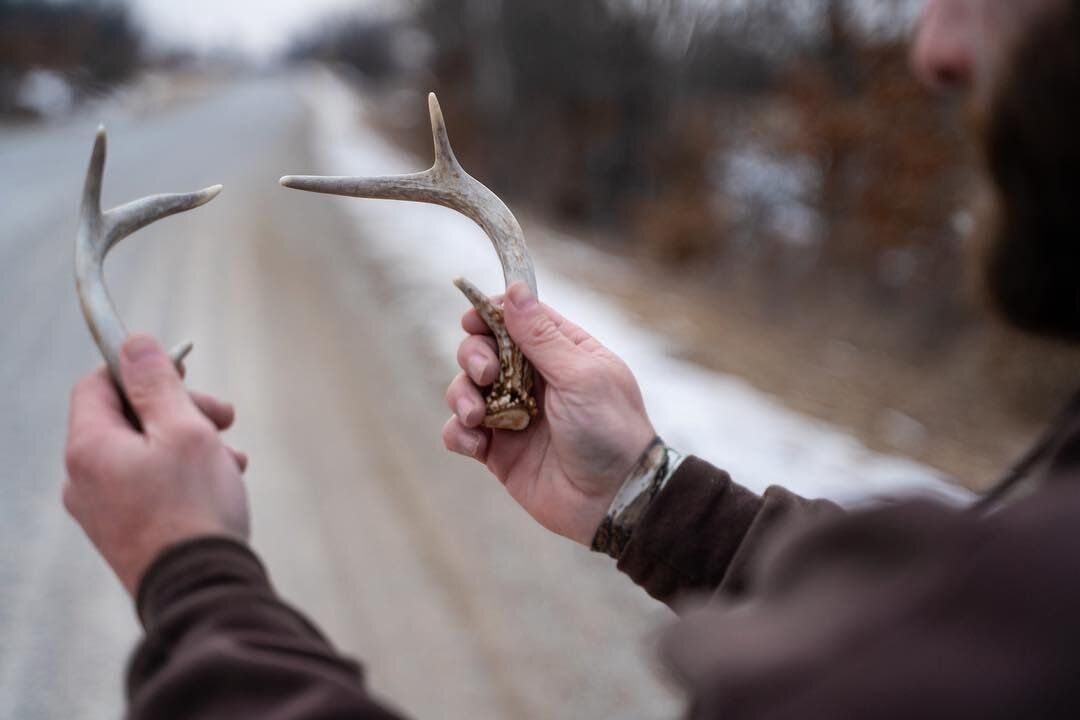
How to Find Shed Antlers
Start by looking in and around bedding areas, food sources, and the trails leading from food to bed or bed to food. Late-season deer will be fairly predictable and will want food and a good place to bed out of the elements. Find these places, and you should be able to find sheds.
Also, looking around south-facing slopes (good bedding areas) is a great place to start your search. Places where deer naturally have to jump or step over, fences, creek crossings, or even logs in the middle of a trail are all also great places to look for and find sheds as this jarring of their bodies as they jump and land will often cause the antlers to fall off.
Other February Activities to Keep Hunters Busy
What else can you do in February as a hunter? Here are a few more activities to keep you busy and help you prepare for your next successful hunt.
Hinge Cutting and Habitat Management
Shifting gears and looking at TSI during the off-season is also another great plan of attack. Doing hinge cutting or full tree cuttings such as cedar tree removal is also a good idea pre-spring time. This will allow cut trees to start to dry and potentially be ready to burn off the first part of spring.
If you are working on hinge cuts, this will allow the trees to bud and leaf out during the spring and summer months, allowing more food for your deer herd. TSI during the off-season not only offers something to do during the late winter months, but your work will also benefit your deer herd in the spring and summer.
Habitat management and shed hunting are also an opportunity to scout. Take this time to learn deer movements, as trails will be evident and easy to see and follow.
Mark what you see in your HuntWise app, including trails, evidence of bedding or feeding, and where you find sheds.
Predator Control
A final potential option for how to spend your time in February — depending on where you live — would be to do some late-season predator control. Whether it is via trapping (if your state allows) or hunting using calls and your weapon of choice, predator management helps your local deer population thrive for the next season.
In Iowa, there is an open season and an open bag limit for coyotes, so this offers a good option for those of us who are still itching to get out and do some hunting.
Check your state regulations to see what your season dates are for late-season hunting or trapping options.

Stay Busy During the Off-Season with HuntWise
There are lots of options for things to do during the off-season! Pick one or pick all of the activities we mentioned today. The choice is yours.
If you find yourself in an area where the late-season weather is too intense, you can also stay inside and check your maps on HuntWise for some e-scouting. Look for those potential spots that you might want to check for sheds or areas that you might want to go in and do your TSI when the weather improves.
If you're an Elite subscriber, you can also explore our FieldGuide+ content, which is full of tips, tricks, and insights from our HuntWise Pros to help you improve your hunt.
Have fun, stay sharp, and stay in the woods even during this off-season. It could pay huge dividends for you this fall!
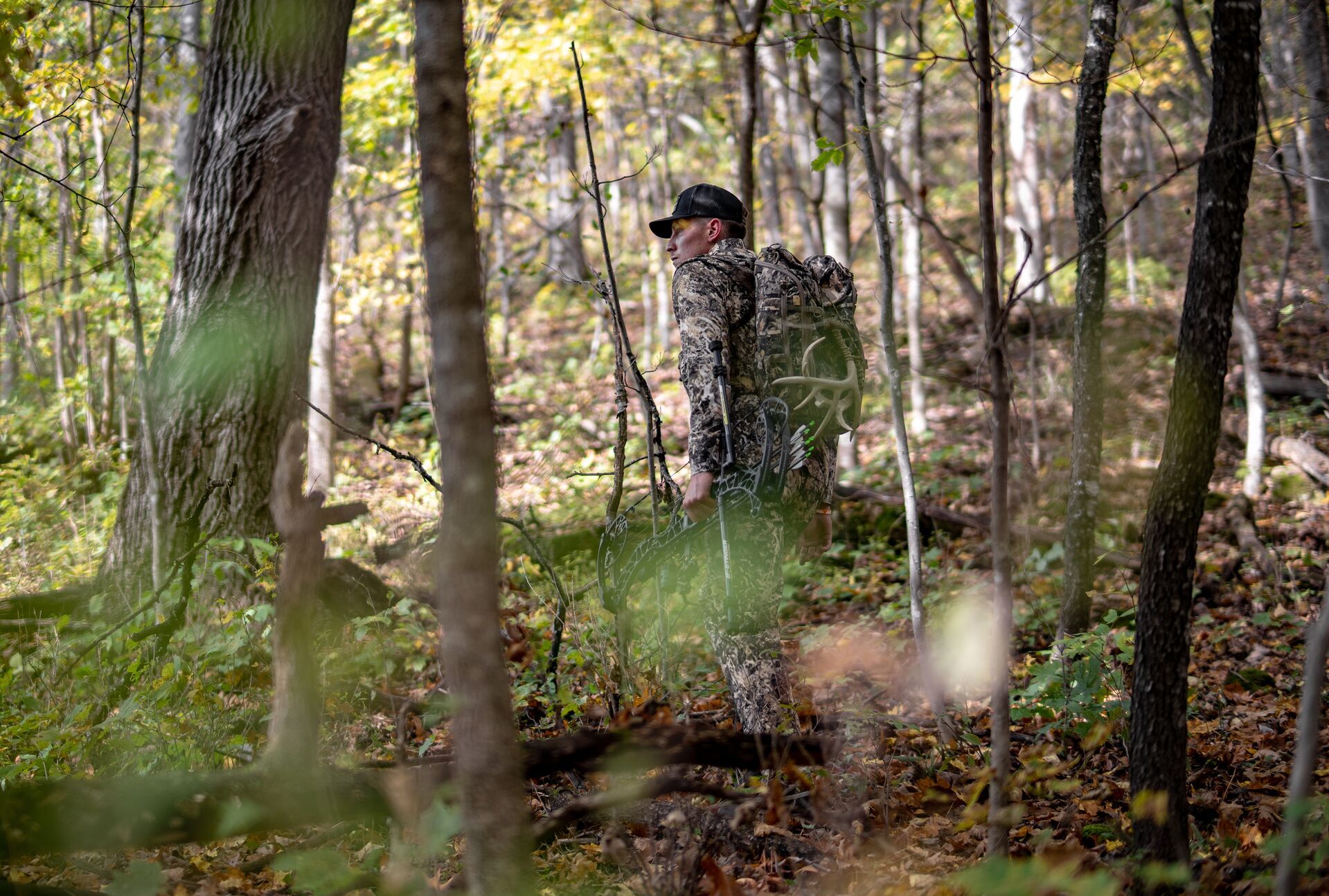
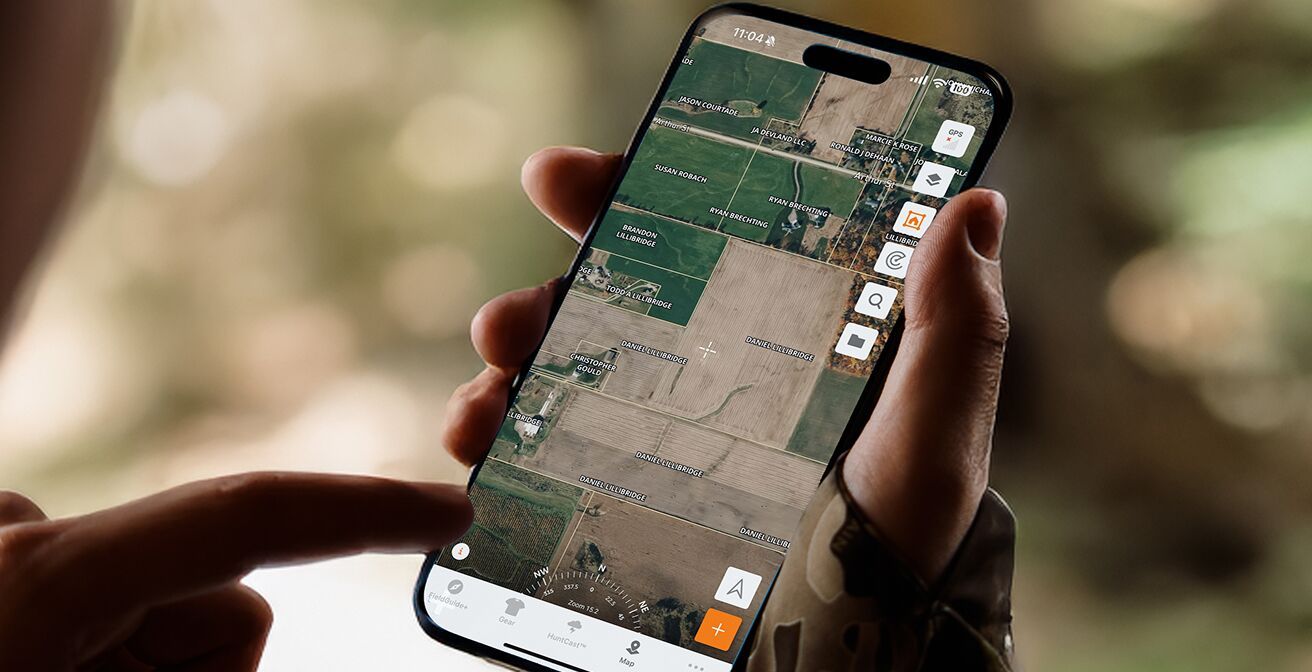
 Hunting Tips
Hunting Tips Hunting Tips
Hunting Tips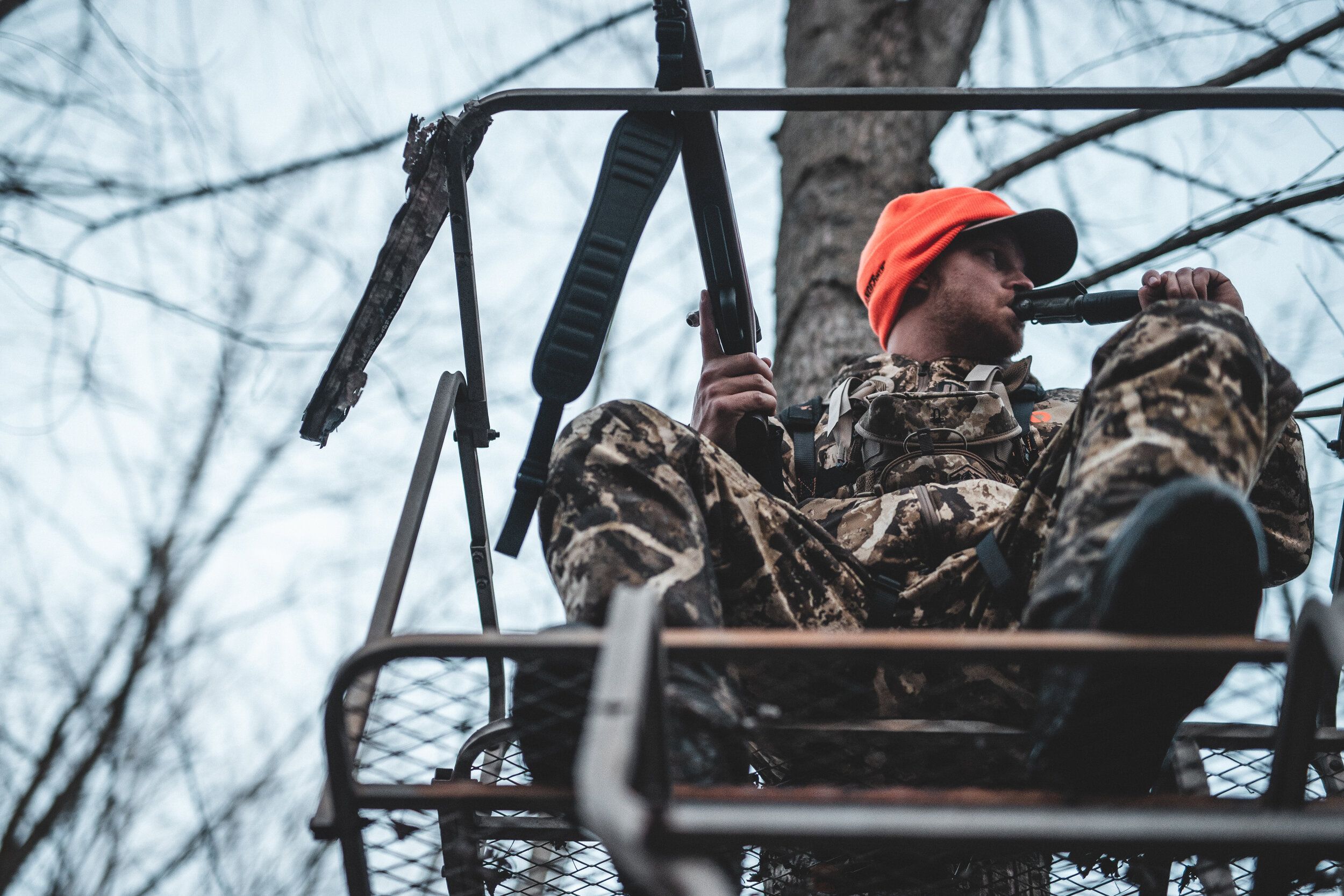 Hunting Tips
Hunting Tips